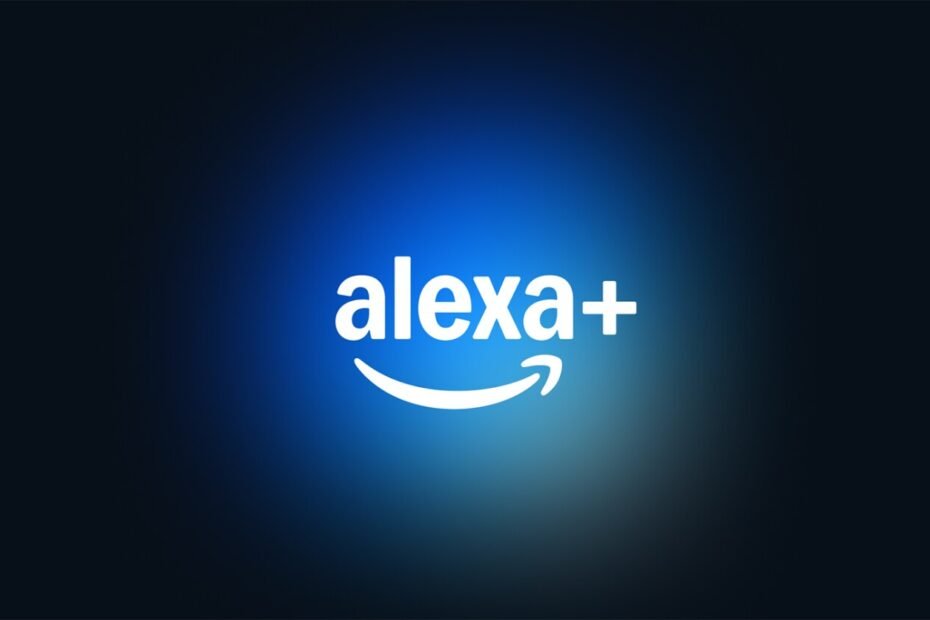During the second quarter Amazon earning call, Andy Jassy remarked on how there is a possibility for advertisements to come up during interactions with Alexa and how it’s such a great opportunity for the users and the company. He also emphasized how a lot of people love using Alexa for shopping. He also expressed that there is a great opportunity that could come during conversations as the advertisements could help users discover certain products and could also assist Amazon in earning significant revenue.
The company also intends to put Alexa into the hands of millions of people as a digital assistant whose interactions would feel more windows-like and more natural. This follows the trend of the competitor’s AI voice assistants such as Open AI and Google, whose older systems have become outdated. However, the frameworks in place for the business models of such tools is still ongoing.
A standalone subscription for Alexa+ costs $20 a month while for Prime members it is bundled with Alexa+ for no added fee with a subscription of $14.99 a month. Jassy hinted that additional subscription options could be introduced later, including the possibility of an ad-free variant.
Currently, advertising on Alexa is largely limited to visuals on the Echo Show and the occasional pre-recorded ad on smart speakers. However, Jassy envisions the integration of AI-generated advertisements into ongoing multi-part conversation, which opens up exciting opportunities for Amazon and the tech world. Marketing interest is there for AI chatbot advertising, as with Alexa+, but the details are vague.
Other companies in the AI sector consider advertising as a viable monetization strategy for generative AI. Google is working on how to add advertising into its AI-powered search features. OpenAI’s CEO Sam Altman has expressed a willingness to consider advertising in ChatGPT as long as it is done tastefully.

Amazon has made noticeable strides in the AI industry, especially after capital expenditures rose to 31.4 billion in the second quarter of 2025. Much of this increase stems from building more advanced AI centers and expanding on data centers. AWS’s revenue growth of 18% in the same quarter also demonstrates that there is still more to be done to achieve these goals.
None of the speculation that Jassy has regarding Alexa+ has materialized as of right now. The expectations on ad revenue are placed considerably high, to the point that they are expected to supersede the earnings on the main site. Moreover, feedback on Alexa+ remains split, indicating that an abundance of users are as satisfied as they are dissatisfied.
Facing advertisers’ apprehension Alexa+ can serve ads, as a blatant lack of methodology to filter inaccurate claims would serve no protection against misleading statements. Inaccuracy is prevalent across many AI models and Alexa+ is far from immune.
More doubt can also be placed on expectations on stimulating the overall revenue from advertising as Jassy claims a growth in spending on ads.
Involving advertisements into conversations with AI chatbots could also pose problems with privacy. Compared to voice assistants like Alexa and Siri, users share more personal information with Generative AI Chatbots. This raises privacy issues such as the users’ information being sold to advertising companies and the prospect of unsolicited advertisements intruding into conversations with the AI.
